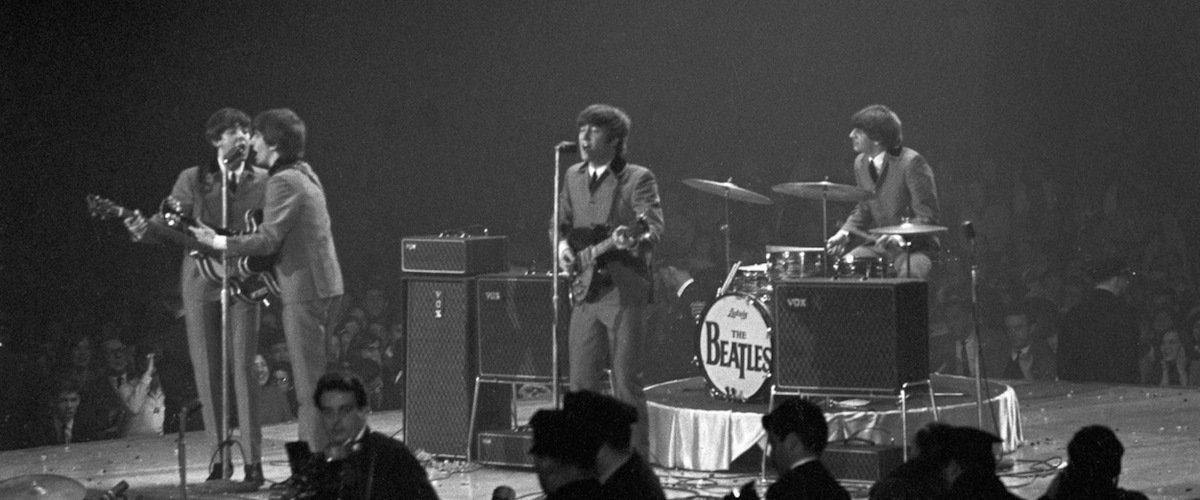PEEKABOO - I SEE YOU
Talese is up to his old tricks again
by Don Stradley
Gay Talese has always been a voyeur of sorts. Granted, he bills himself as an "observer", or a "participatory journalist", but I've never known what to make of a guy who gets a job managing a massage parlor and then spends a year diddling his neighbor's wife, all so he can write a book about America's sexual mores. His dried out, buttoned up writing style, a leftover from his days at The New York Times, made his books seem less prurient, I guess, but I've never been persuaded that he's not an outright pervert. Just because your subject knows you're watching him doesn't make you any less of a peep artist. Talese's latest, The Voyeur's Motel, is a lightweight effort, something like a long suppressed, bad-tasting burp, but it's subject is voyeurism, which makes it intriguing when you consider Talese's history as a sort of gentleman perv.
The book's star is Gerald Foos, a Colorado man who bought a highway motel to satisfy his lifelong fascination with watching what people do in private. Foos outfits the place with special vents that allow him to see inside various rooms; he takes notes on what he sees, stopping now and then to pleasure himself as he watches. Over the years he witnesses rapes and incest, as well as a rise in lesbianism, wife swapping, and interracial coupling. He even witnesses a murder, which he doesn't report because he doesn't want the police to know he's been watching couples from his attic perch. Yes, he's a real creep. Still, he craves respect and validation, which is why he started sending his notes to Talese in 1980.
Talese represents Foos as a kind of well-meaning lummox - he's as human as any of us, with his various family problems, money struggles, and his collection of baseball cards - but it's difficult to get behind a guy with such an unsavory interest. Foos likes to pass judgment on his customers, and if they aren't sexy enough he gets angry. He offers weak excuses for his hobby, saying that all people are voyeurs, and that peeking at his customers is no worse than how the government keeps track of us with technology and surveillance cameras. Mostly, Foos doesn't want us to judge him, though he loves to judge others, and even sets traps to test their honesty.
The relationship between Foos and Talese is tricky. Foos obviously wants Talese as a friend, while Talese sees Foos as a possible subject to write about. Foos won't allow Talese to use his real name, so that ruins Talese's plan. It was only recently that Foos, now in his 80s, agreed to let Talese tell his tale. "I think of myself as a pioneering sex researcher," says Foos, though he worries that some people may just see him as a weird old pervert. Too bad so much of his note-taking sounds less like the Kinsey report and more like an old issue of Penthouse Letters, complete with references to "dense forests of pubic hair," and his own "constant yearning and unquenchable desires." He also likes to watch women shit.
Talese finds some humor in the story. Foos is nearly caught a few times, and there's a funny moment when Foos invites Talese up to see how the vents work. And some of the events Foos reports on are poignant, such as when he watches a legless Vietnam vet try to have sex, or when an aging couple realizes their relationship has lost its spark. These scenes play out like episodes from a Raymond Carver story; they're touching even within Foos' clumsy notes.
I've heard that Hollywood has grabbed this book up for a potential movie, and I think a good director can do something with it, something along the lines of Robert Altman's Shortcuts. But as a book, it feels as slight as a dirty napkin. Foos' conclusion that people are filthy and dishonest is probably true, but I could've told him that without spending decades in a hotel attic, watching a bunch of sweaty travelers cheat on their spouses, dress up as sheep, and gobble each other's naughty bits.




